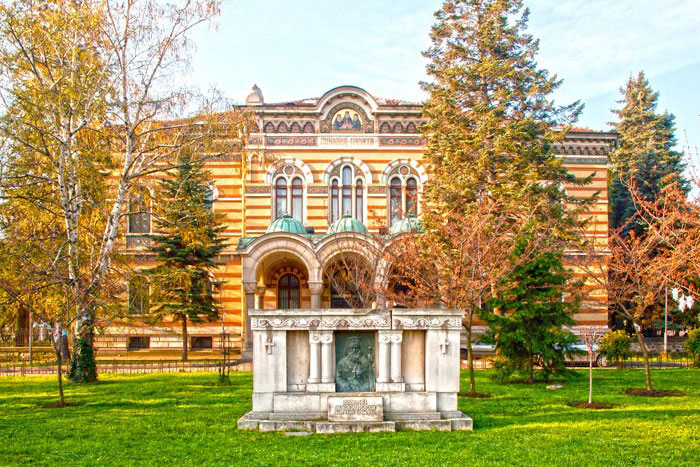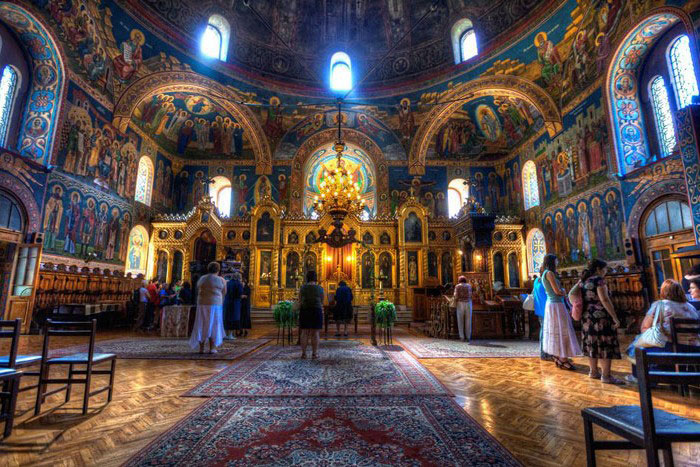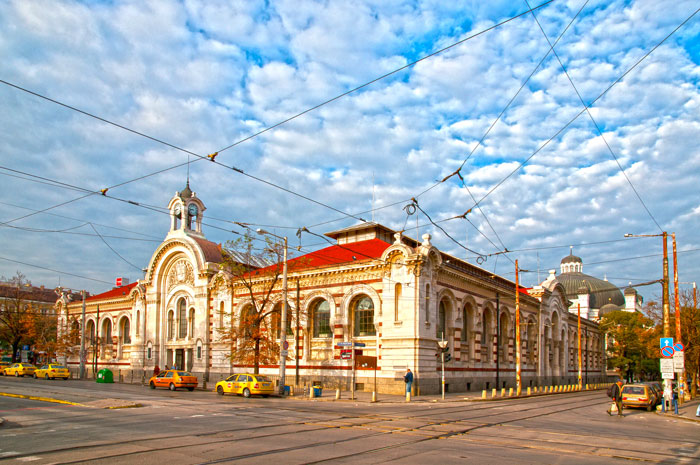The pearl of customized daily Sofia tours
If there is a symbol that stands out the most in Sofia’s recent history, it is undoubtedly Memorial Temple ‘St. Alexander Nevsky’. The symbol of Sofia, Bulgaria’s capital, and the second largest Eastern Orthodox Cathedral on the Balkan Peninsula, covers an area of 3170 sq. metres. It can accommodate up to 5000 people. Architecturally and culturally, the temple is a real pearl in the crown of the capital Sofia, customized daily Sofia tours and Sofia old city tours.
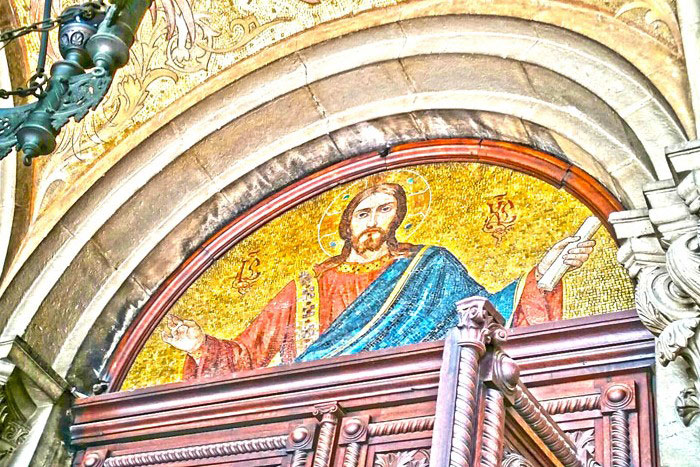
Right after the Liberation of Bulgaria, the Constituent National Assembly took a decision. The Assembly happened in the former capital town of Veliko Tarnovo. It was for the temple to be built. Initially, the building had to be there but after they chose Sofia as the capital of Bulgaria, the place changed. Another interesting fact is that the place for the Cathedral was chosen outside of Sofia. That place was the highest. It is 552.672 m above the sea level.
The building had to inspire with grandeur. There is another story of grandeur in Istanbul city tour. The story of Blue Mosque in Istanbul. Sultan Ahmed I wanted to build a monument that would rival and even surpass another one of the spectacular sights of Istanbul, in grandeur and beauty – the nearby Hagia Sophia. And back to Alexander Nevski Cathedral. It was a dedication to the Russian liberators, the Russian soldiers who died for the liberation of Bulgaria.
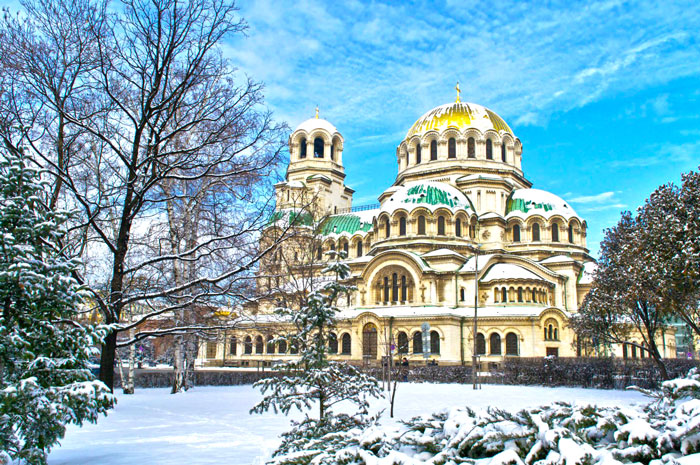
The name also holds a deep symbolism. Prince Alexander Nevski was not only the patron of the Russian Emperor Alexander II. He was also a great warrior and diplomat. His big merit was to unite Russia.
A new symbol was born in customized daily Sofia tours
The construction of the St. Alexander Nevsky Cathedral started in 1882. Then the foundation stone was laid and the building was finished in 1912. There was the initial project of Ivan Bogomolov. However, after his death, Alexander Pomerantsev completely changed it. A team of Bulgarian, Russian, Austro-Hungarian and other European artists did the construction and decoration. To make a comparison, a team of Austrian archaeologists excavated the Terrace Houses in Ephesus, Turkey (Ephesus guides). Constructed and decorated or excavated, these are remarkable structures that provide a unique insight into lifestyles from the past.
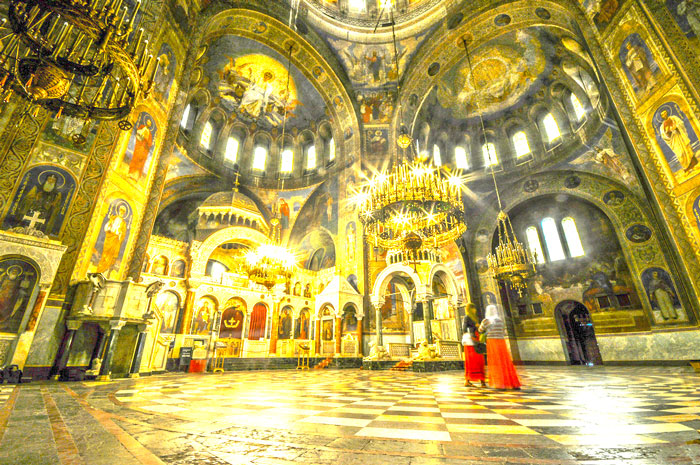
Due to it, the building is in Neo-Byzantine style in combination with Russian North Empire.
The temple’s consecration was in 1924 and since 1953 it became a Patriarchate Cathedral.
Alexander Nevski Cathedral or St St Cyril and Methodius Cathedral
Interestingly, Alexander Nevski Cathedral had its name changed to St St Cyril and Methodius in 1916 for some reasons. Soon after, in 1920, authorities restored the initial name.
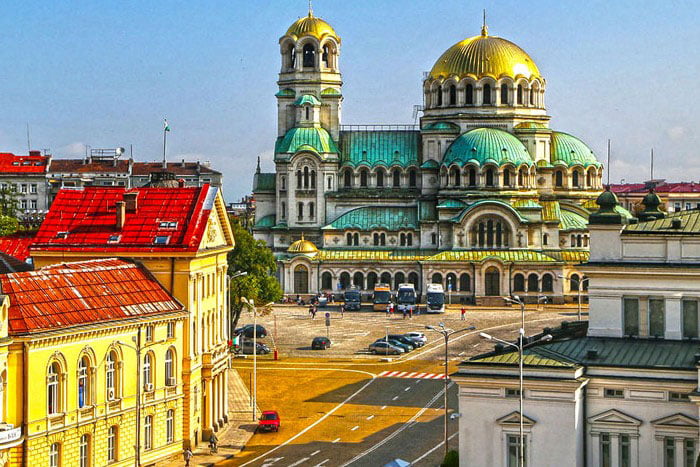
As a monument, the temple doesn’t offer other services besides for the daily, Sunday and Festival worshipping.
The heavenly sound of bells echoes in city streets. That same sound unites people; fills their hearts with faith and admiration for the beauty of men’s creativity to the brim. Then, this is sound of bells that brings the message of a capital and of people who are proud with their history as well as with the symbol of the liberation.
When entering the temple, one can see the writing ‘Home of God. Home for praying’.
Customized Daily Sofia tours and The Cathedral are awaiting you! Simply contact us.


